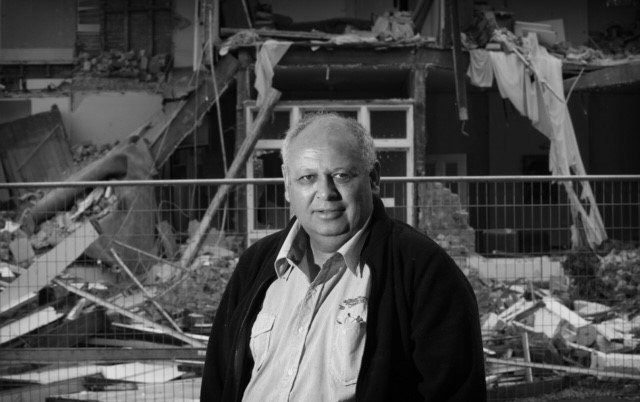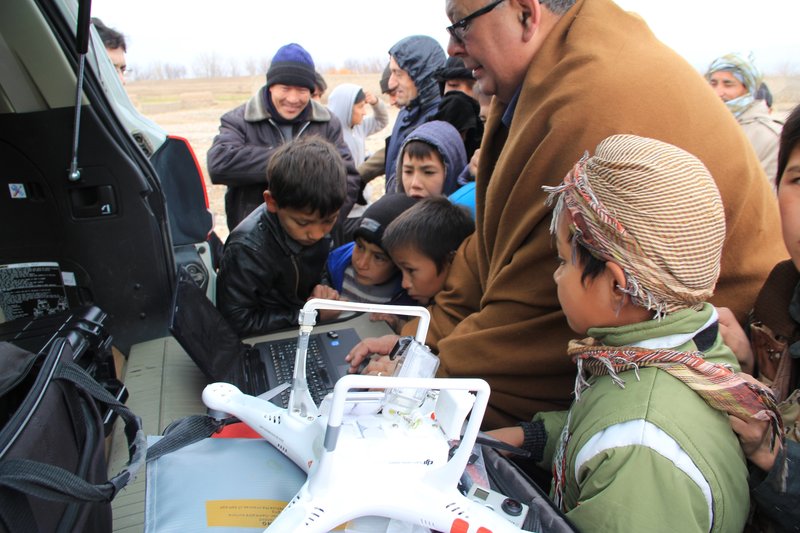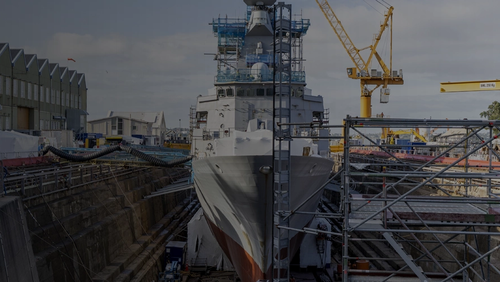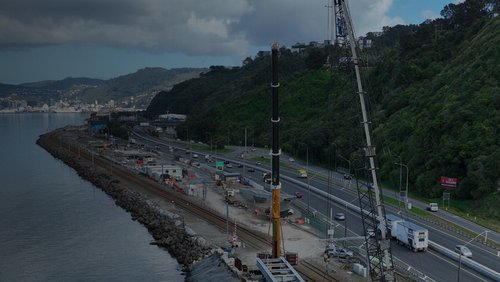12 Aug 2021
Professor Regan Potangaroa, an Academic at Te Herenga Waka Victoria University of Wellington, discusses the power of technology, his fascinating experience working in humanitarian aid projects, and more.
Tena koutou katoa
Ko Regan Potangaroa toku inga
Ko Ahorangi Architectural Science te kura Waihanga
Ko Ngati Kahungunu ki Wairarapa
I must be at the kaumatua stage in the ‘Institute’ when they ask you to write your profile.
I grew up in Stokes Valley in the Hutt, but I would have preferred Wainuiomata, because I heard it snowed in Wainui (I was only 8 at the time). Life back then was very different, the back doors were never locked and you could get a WOF from the Stokes Valley pub for $10.
Now we live in Wadestown (where it’s windy but no snow), we all lock our doors (both here and in Stokes Valley), a WOF is $69 at VTNZ – and the Stokes Valley pub closed in 2009.
Life is constantly changing, but the central role of engineering has not.
With technology, I can readily land map buildings with my drone, and 3D model them. I can do thermal scanning of the ground to find water (and unidentified grave sites from New Zealand’s 1918 Spanish Flu epidemic!). I can readily 3D scan buildings and take you back into them virtually. And now, I have techniques that can ‘decompose’ wicked problems into tree structures that aid their resolution. I couldn’t readily do any of that 5 years ago… and many others still aren’t aware of what technology can do.
That divide is a concern for me as a Professor. So, together with my colleagues – both at Vic and other Universities in Aotearoa and overseas – we’ve been developing ways to bridge it and get technology to those who would benefit greatly from access to it. That’s why I do humanitarian aid projects.

Professor Regan Potangaroa
My career has spanned 25 years as a structural engineer in New Zealand, Australia, Asia, the Pacific and the USA. And for the last 17 years, I’ve worked as an academic – first at the School of Architecture at UNITEC in 2004, and since 2016, at Victoria University of Wellington.
But since 1996, I’ve been active as a humanitarian engineer, initially with RedR Australia working with the United Nations, and more recently with the IFRC and National Red Cross Red Crescent Societies, the big 5 INGO and Universities.
I’ve deployed over 200 times – that’s meant living and working in 23 countries and going into disaster/conflict situations where engineering was crucial. On the home front, I’ve also been involved in the Māori Response to the Christchurch Earthquake in 2011 [1] [2], and the Kaikoura earthquake in 2016. And what I’ve learnt from that work is:
- I’m not an ‘expert’. When I arrive, I must learn from those already on the ground. Forget what you’ve done or learnt before and start again. The patterns and similarities will slowly emerge.
- Go and visit the disaster affected area ASAP when you arrive. That’s the ‘problem’ but also the ‘solution’.
- Make sure you have the contacts, phone numbers and addresses of everyone you’ll be working with before you get on the plane. This is your safety line in (and out if needed).
But I’ve also developed techniques that can save you, such as “Crash the System’. Briefly, when I’m told to manage something in a way that I disagree with, I would usually put the brakes on. However, the other option might be to put my foot on the accelerator and attempt to crash the system as fast as possible.
If I succeed, then my earlier fears were wrong. But if it crashes, then they were correct. Regardless of either outcome, my boss sees me as following through on instructions – and personally, I’ve either learnt or reaffirmed something I already knew. It’s a win-win regardless! As I grow into the kaumatua role, I’m still working on bridging that divide.

Professor Regan Potangaroa in a disaster zone
In terms of projects we’re currently working on – one that’s been developing is an Urban Drone Fishing Technology, that means we can go drone fishing when time and workload allows it.
We’re also working on understanding the connection we have with wharenui through 3D scanning of them, and then experiencing them via virtual reality. It’s a different building even though it’s a photo realistic 3D scan of the building. And from the mapping of that experience, we can understand the links between people and their Marae.
And finally, I wanted to mention Engineering New Zealand. When we were young engineers, it was just expected that you would join the ‘Institute’ and eventually become a registered engineer, which was separate from the Institute. It was part of being a professional; and that’s how it was done. That need for professional grounding is still there today.
Some things just don’t change, because engineering is at the core of the life we enjoy.







